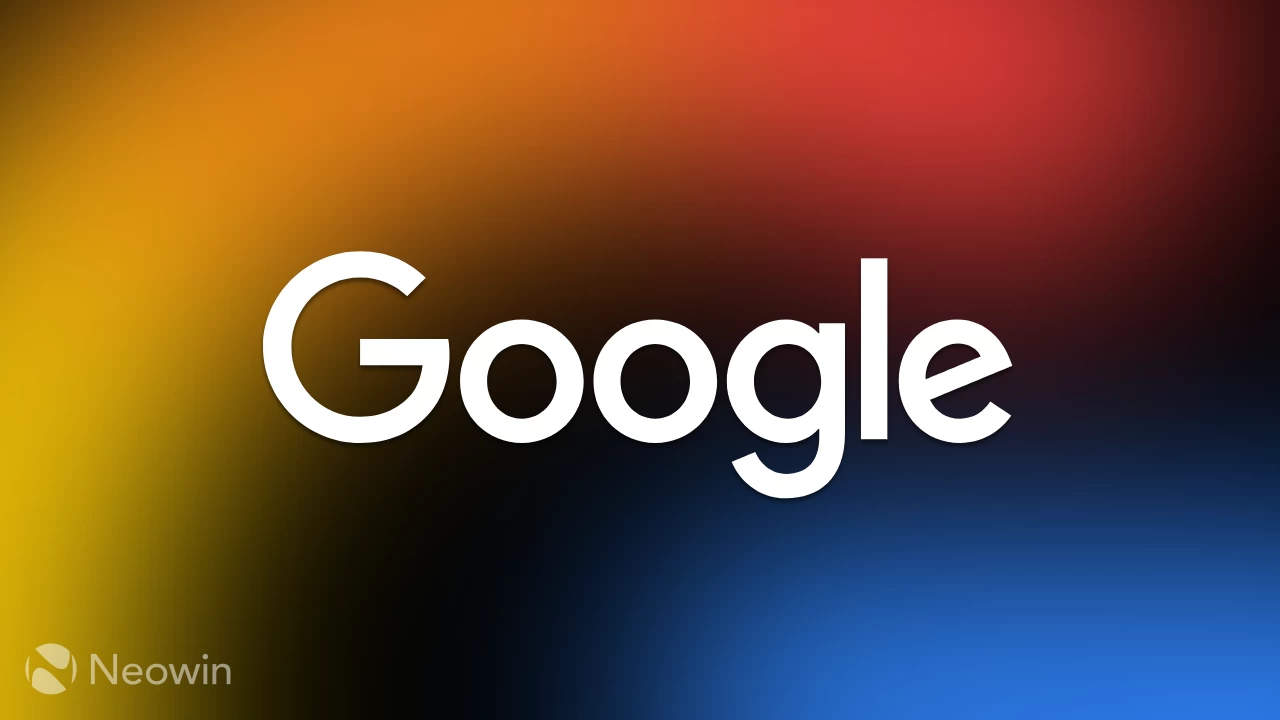Google remains intact as the U.S. District Court issues its final ruling on the DOJ’s antitrust case. While Chrome avoids a forced breakup, the decision bars Google from engaging in exclusive distribution contracts, compelling the tech giant to rework its business strategy moving forward.
Google avoids Chrome breakup in antitrust case, but must end exclusive deals and share data

Key Takeaways:
- Google avoided the forced breakup of its Chrome browser
- The ruling prevents Google from entering exclusive distribution contracts
- A U.S. District Court presided over the final ruling on September 3, 2025
- Google must share data as part of the decision
- This story originates from Neowin Net
Introduction
A U.S. District Court recently handed down its final ruling in the Department of Justice’s antitrust suit against Google. The decision has prevented the long-rumored separation of Google’s popular Chrome browser but requires the company to halt exclusive distribution deals that regulators deemed anti-competitive.
Background
The DOJ’s case against Google revolved around the company’s widespread use of exclusive partnerships to bolster its market share. These contracts, the DOJ alleged, limited competitive opportunities for other tech companies and reinforced Google’s dominant position. Industry observers had speculated on the possibility of a forced breakup of Chrome; this has turned out not to be part of the final outcome.
Court’s Final Ruling
The U.S. District Court’s verdict explicitly blocks Google from forging any new exclusive distribution agreements. Although details on compliance measures remain sparse, Google is also required to share certain data, as outlined in the ruling. By curtailing Google’s ability to lock in exclusive deals, the court aimed to foster more competition in search and browser distribution channels.
Impact on Chrome
Contrary to some predictions, the ruling does not compel Google to divest or separate its Chrome browser from the company’s broader operations. Chrome, one of the most used browsers worldwide, remains under Google’s umbrella, signaling that the court focused more on Google’s contractual behavior than on splitting the enterprise apart.
Next Steps for Google
While the organization no longer faces the immediate threat of a browser breakup, it must address the court’s instruction to end exclusivity contracts. This requirement could reshape how Google negotiates distribution terms with partners and how it handles the data necessary to operate its search engine and browser. Analysts suggest that the GIANT will try to comply without compromising core revenue streams.
Conclusion
The final ruling delivers a mixed outcome for Google: no forced breakup of Chrome but significant restrictions on how the company can secure its market presence. As part of a broader push by regulators against perceived monopolistic practices in tech, these new obligations underscore the evolving legal environment Silicon Valley giants face.











